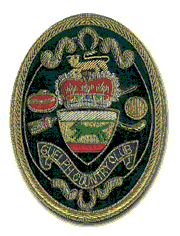Club History
In 1912, a group of Guelph businessmen introduced golf to the city of Guelph, founding The Guelph Country Club. A Clubhouse was built across the river from Riverside Park, which is the core of the existing Clubhouse today. The pre-existing farmland was prepared for golf, and a herd of sheep kept the fairways trim.
 A nursery was started in 1935, planting 6700 trees. In 1943, Willow trees were planted between the 1st and 2nd fairway, and 9500 seedlings were planted in 1946. The legacy of these plantings is visible today with the countless mature, majestic, towering pines and blue spruce, and the magnificent fall colours that can be enjoyed across the entire course.
A nursery was started in 1935, planting 6700 trees. In 1943, Willow trees were planted between the 1st and 2nd fairway, and 9500 seedlings were planted in 1946. The legacy of these plantings is visible today with the countless mature, majestic, towering pines and blue spruce, and the magnificent fall colours that can be enjoyed across the entire course. For 87 years, The Guelph Country Club served as a premier private association, but in 1998 we welcomed public access, while still continuing the tradition of family and membership.
For 87 years, The Guelph Country Club served as a premier private association, but in 1998 we welcomed public access, while still continuing the tradition of family and membership.